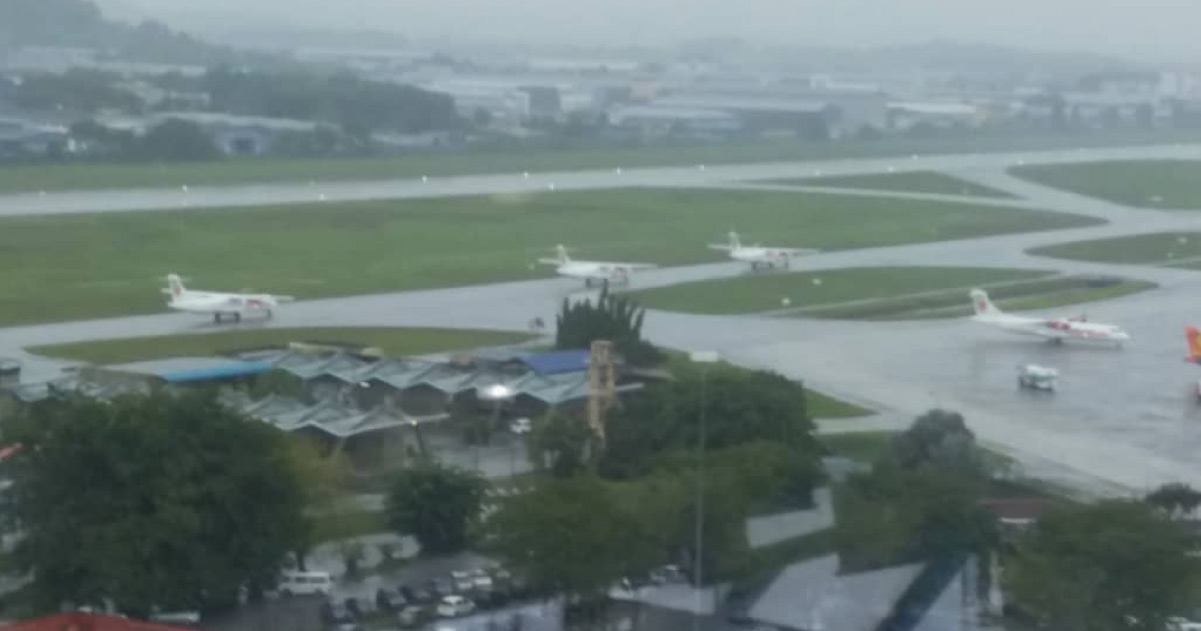

Today’s hyper-connected culture presents tremendous psychological resistance to disengaging from one’s social and business worlds. Audible notifications exert a powerful pull, and many drivers have a highly inflated belief about their multi-tasking skills – along with a confidence level that only rises with each getting away accident-free. Mohd Jeffry Sulaiman, an MSU College alumnus of Management and Science University (MSU), suggests situational awareness (SA) to curb distracted driving.
“Maintaining SA involves active surveillance of the surrounding environment, identifying and rapidly assessing potential risks, and projecting how particular situations may evolve,” he explains.
Speaking as an Air Traffic Controller (ATC) at Malaysia’s Subang Airport, also known as the Sultan Abdul Aziz Shah Airport serving mainly domestic flights into Kuala Lumpur as well as international routes to Singapore and Batam Island, Mohd Jeffry goes on to point out that the vigilant, systematic scanning of the left and the right, the rear- as well as the side-view mirrors to detect, evaluate, and rapidly respond to road dynamics demands a level of attention that cannot be achieved while multi-tasking.
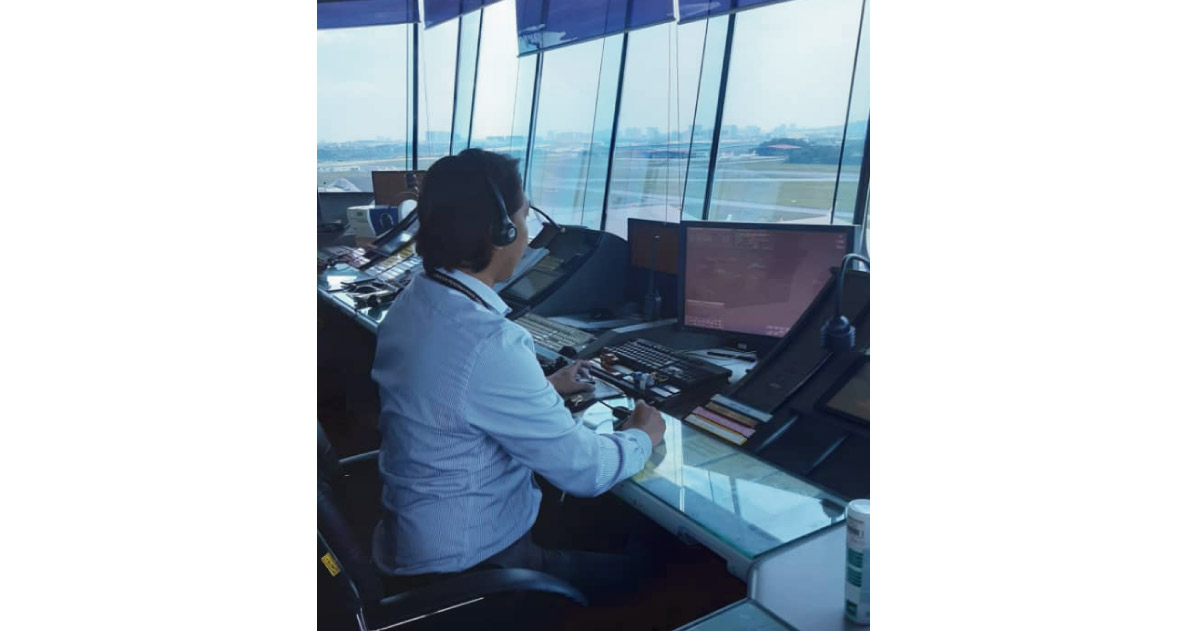
Which is why, given their complete concentration managing inbound and outbound aircraft at airports all over the world, ATCs hold the key to aviation safety. Instructing pilots in the air as well as on the tarmac, they are the reason all that a pilot needs to do is follow the beams down to 200 feet above ground to place the runway and its approach lights within sight.
Unlike hospital helipads’ red ‘H’ on a white cross, airport runways have their markings in white. White lettering on a red background indicates mandatory instruction signs; signalling runway entrance, approach, or critical areas. Taxiways, hazardous, closed, or holding areas use yellow; as do location signs, which feature a yellow border and yellow lettering on a black background.
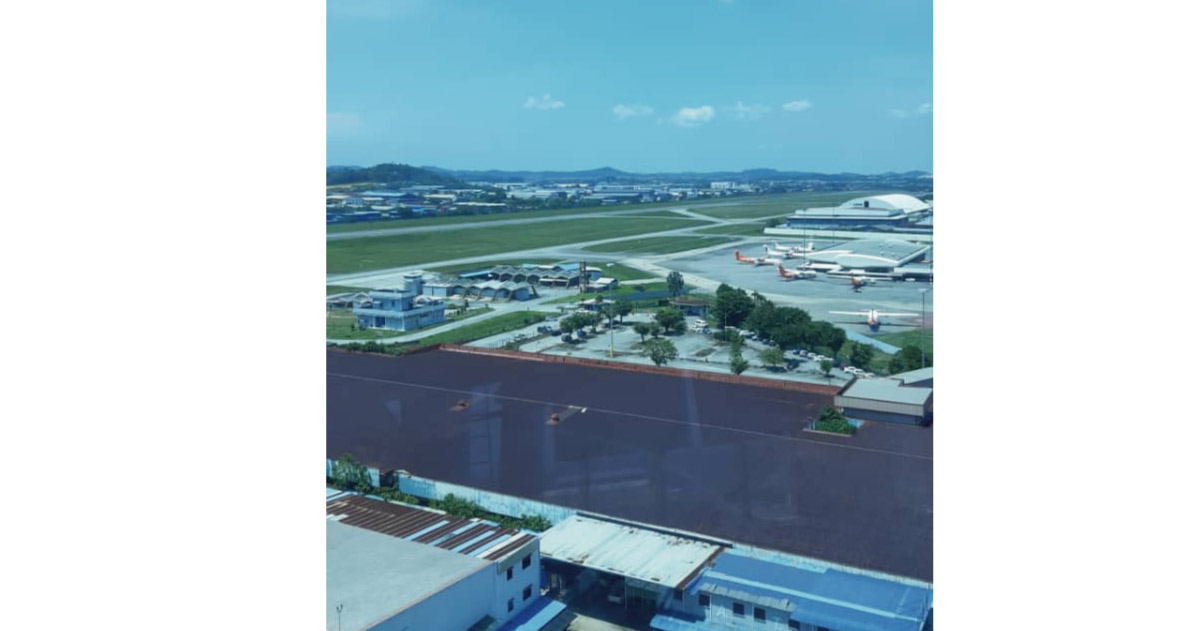
ATCs are able to discern a particular plane’s destination or origin because runways are numbered 01 to 36 based on their magnetic bearing. Runway 09, indicating 90 compass degrees, points east; whereas runway 27 points to the west, runway 18 to the south, and runway 36 to the north. The opposite end of the runway differs by 180 degrees, thus is numbered 18 higher or lower.
From parking to take-off, aircraft flying under Instrument Flight Rules (IFR) are guided by ATCs up to pre-agreed coordinates. Aircraft flying under Visual Flight Rules (VFR), a set of regulations concerning aircraft operation in clear weather, are guided to an altitude of 1,500 feet and up until they enter the airspace assigned to FIS; the Flight Information Service unit who assumes control thereon. In a control zone, pilots flying under VFR may obtain ATC clearance to operate as Special VFR.
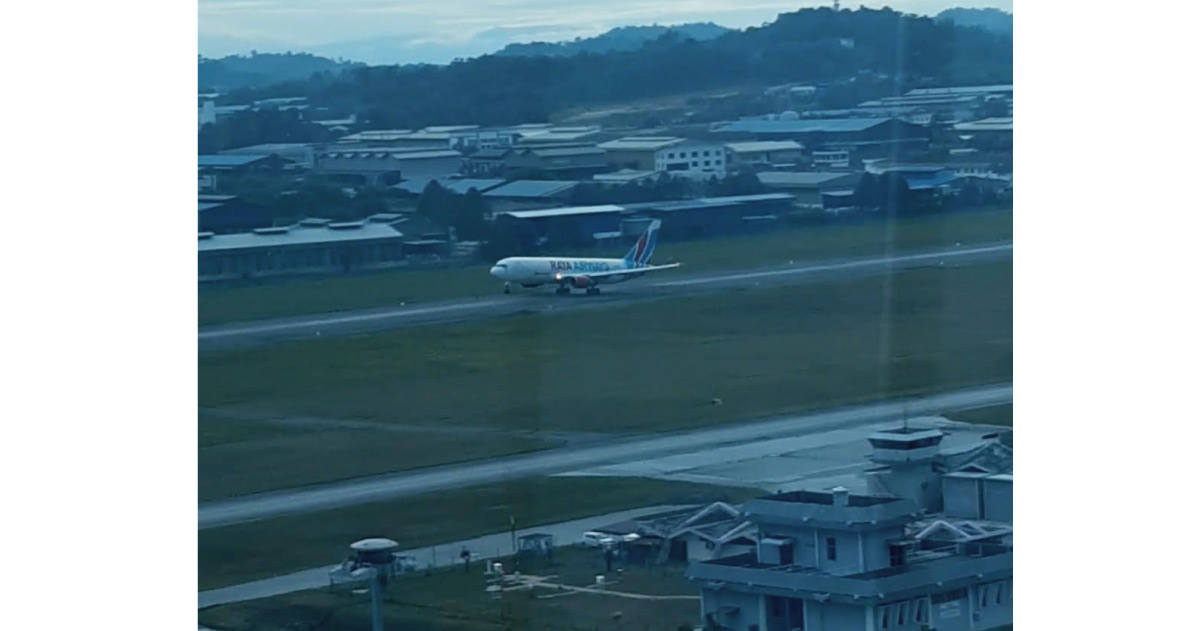
With the job involving visual as well as radar monitoring of aircraft altitude, speed, and position in the assigned airspace, keeping airplanes within safe distances of each other and moving them all efficiently on their flight paths, how smart, then, does one have to be, to be an air traffic controller?
Mohd Jeffry Sulaiman, who holds a Diploma in Electrical and Electronic Engineering from MSU College Shah Alam, where he graduated in 2004, says that his vision needs to be kept as sharp as the mind demanded of the job; which requires the capacity to think clearly and quickly yet calmly under pressure. Well-organized, quick with numerical computation, acute visual memory, and excellent hearing as well as speaking skills join the list of traits making an ATC, who must also begin his or her career before reaching the age of 31 for a high chance at completing the initial training successfully.
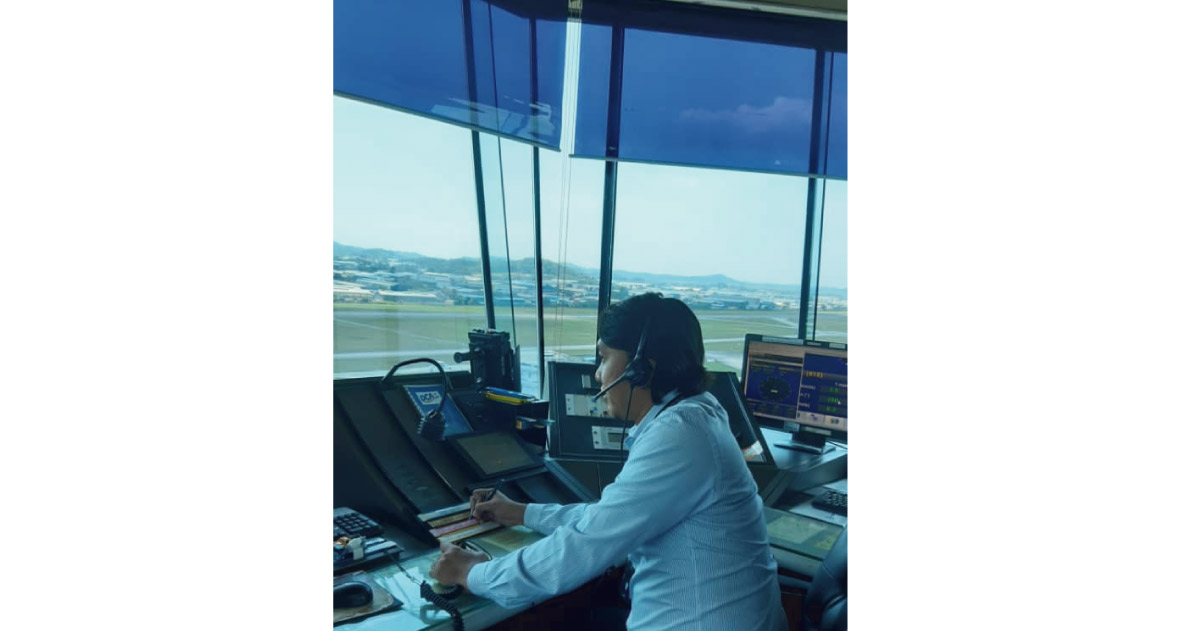
Programmes relating to the air travel industry and currently offered at Management and Science University (MSU) comprise the Bachelor of Science in Aviation Management and Piloting (Hons) and the Diploma in Aircraft Maintenance Technology, both at the Faculty of Information Sciences and Engineering (FISE); and the Bachelor in Airline Services Management (Hons), at the School of Hospitality and Creative Arts (SHCA).
Scaling the skies from ground zero
Harnessing motion to serve the world
Aviation of the future: Frontier technologies to the fore
MSU Bachelor of Engineering Technology (Electrical and Electronic) (Honours)
MSU Bachelor in Education (Electrical and Electronic Engineering) (Hons)
MSU Foundation in Engineering and Technology
MSU Bachelor in Occupational Safety and Health (Hons)
MSU Bachelor of Optometry (Hons)
MSU Diploma in Ophthalmic Dispensing
Today’s hyper-connected culture presents tremendous psychological resistance to disengaging from one’s social and business worlds. Audible notifications exert a powerful pull, and many drivers have a highly inflated belief about their multi-tasking skills – along with a confidence level that only rises with each getting away accident-free. Mohd Jeffry Sulaiman, an MSU College alumnus of Management and Science University (MSU), suggests situational awareness (SA) to curb distracted driving.
“Maintaining SA involves active surveillance of the surrounding environment, identifying and rapidly assessing potential risks, and projecting how particular situations may evolve,” he explains.
Speaking as an Air Traffic Controller (ATC) at Malaysia’s Subang Airport, also known as the Sultan Abdul Aziz Shah Airport serving mainly domestic flights into Kuala Lumpur as well as international routes to Singapore and Batam Island, Mohd Jeffry goes on to point out that the vigilant, systematic scanning of the left and the right, the rear- as well as the side-view mirrors to detect, evaluate, and rapidly respond to road dynamics demands a level of attention that cannot be achieved while multi-tasking.

Which is why, given their complete concentration managing inbound and outbound aircraft at airports all over the world, ATCs hold the key to aviation safety. Instructing pilots in the air as well as on the tarmac, they are the reason all that a pilot needs to do is follow the beams down to 200 feet above ground to place the runway and its approach lights within sight.
Unlike hospital helipads’ red ‘H’ on a white cross, airport runways have their markings in white. White lettering on a red background indicates mandatory instruction signs; signalling runway entrance, approach, or critical areas. Taxiways, hazardous, closed, or holding areas use yellow; as do location signs, which feature a yellow border and yellow lettering on a black background.

ATCs are able to discern a particular plane’s destination or origin because runways are numbered 01 to 36 based on their magnetic bearing. Runway 09, indicating 90 compass degrees, points east; whereas runway 27 points to the west, runway 18 to the south, and runway 36 to the north. The opposite end of the runway differs by 180 degrees, thus is numbered 18 higher or lower.
From parking to take-off, aircraft flying under Instrument Flight Rules (IFR) are guided by ATCs up to pre-agreed coordinates. Aircraft flying under Visual Flight Rules (VFR), a set of regulations concerning aircraft operation in clear weather, are guided to an altitude of 1,500 feet and up until they enter the airspace assigned to FIS; the Flight Information Service unit who assumes control thereon. In a control zone, pilots flying under VFR may obtain ATC clearance to operate as Special VFR.

With the job involving visual as well as radar monitoring of aircraft altitude, speed, and position in the assigned airspace, keeping airplanes within safe distances of each other and moving them all efficiently on their flight paths, how smart, then, does one have to be, to be an air traffic controller?
Mohd Jeffry Sulaiman, who holds a Diploma in Electrical and Electronic Engineering from MSU College Shah Alam, where he graduated in 2004, says that his vision needs to be kept as sharp as the mind demanded of the job; which requires the capacity to think clearly and quickly yet calmly under pressure. Well-organized, quick with numerical computation, acute visual memory, and excellent hearing as well as speaking skills join the list of traits making an ATC, who must also begin his or her career before reaching the age of 31 for a high chance at completing the initial training successfully.

Programmes relating to the air travel industry and currently offered at Management and Science University (MSU) comprise the Bachelor of Science in Aviation Management and Piloting (Hons) and the Diploma in Aircraft Maintenance Technology, both at the Faculty of Information Sciences and Engineering (FISE); and the Bachelor in Airline Services Management (Hons), at the School of Hospitality and Creative Arts (SHCA).
Scaling the skies from ground zero
Harnessing motion to serve the world
Aviation of the future: Frontier technologies to the fore
MSU Bachelor of Engineering Technology (Electrical and Electronic) (Honours)
MSU Bachelor in Education (Electrical and Electronic Engineering) (Hons)
MSU Foundation in Engineering and Technology
MSU Bachelor in Occupational Safety and Health (Hons)
MSU Bachelor of Optometry (Hons)
MSU Diploma in Ophthalmic Dispensing